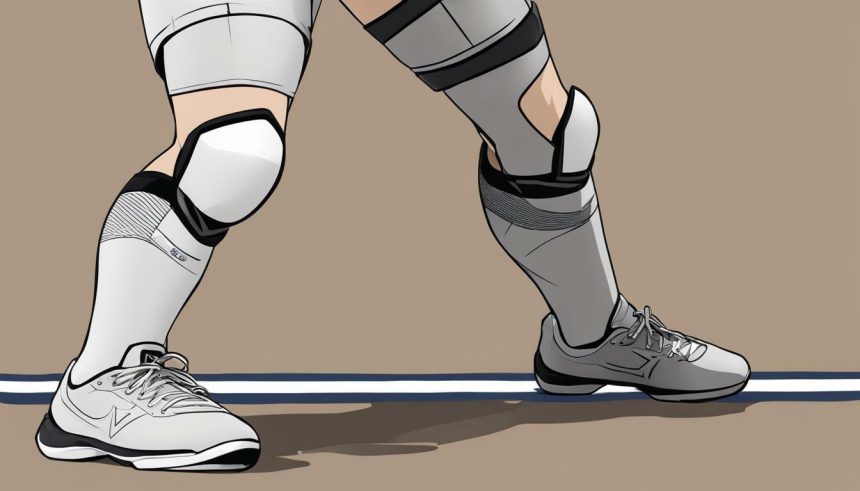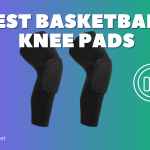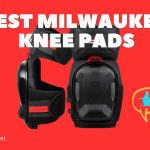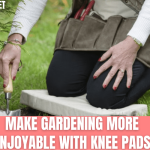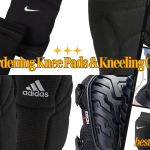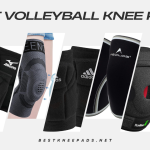As a volleyball player, you need to protect your knees from impact during play. Knee pads are an essential piece of equipment that can help prevent injuries and provide added confidence on the court. However, it’s essential to put on knee pads correctly to ensure a secure and comfortable fit. In this section, we will provide a step-by-step guide on how to properly put on volleyball knee pads.
Key Takeaways
- Properly putting on knee pads can provide maximum protection during play.
- Understand the structure of volleyball knee pads before putting them on for the first time.
- Choose the right size knee pads for a secure and comfortable fit.
- Prepare knee pads for wear by ensuring they are clean and free from debris.
- Secure knee pads in place using straps or closures to prevent slipping during play.
Understand the Structure of Volleyball Knee Pads
Before you put on your volleyball knee pads, it’s important to understand their structure. Knee pads consist of a sleeve or fabric that covers the knee area and a protective padding that absorbs impact. The sleeve is typically made of stretchy and breathable material like spandex or polyester, which conforms to the shape of your knee for a snug fit. The padding is usually made of foam or gel, which provides cushioning and protection against hard surfaces.
The protective padding is strategically placed on the knee cap and its surrounding areas to absorb impact and reduce the risk of injuries such as bruises, cuts, and abrasions. It’s essential to choose knee pads with adequate padding that covers the entire knee area, including the sides and front of the knee. The padding should be thick enough to absorb impact but not so thick that it restricts your movement or makes the knee pads bulky and uncomfortable.
Types of Volleyball Knee Pads
There are two main types of volleyball knee pads: slide-on knee pads and wrap-around knee pads. Slide-on knee pads have a sleeve that you slide onto your leg, while wrap-around knee pads have a closure that fastens around your leg. Both types have their advantages and disadvantages, and it’s important to choose the one that suits your needs and preferences.
Slide-on knee pads are easier and quicker to put on and take off, making them ideal for players who need to change their knee pads frequently, such as during tournaments or practices. They also tend to be more lightweight and breathable, which can reduce discomfort and sweating. However, slide-on knee pads may not provide as secure of a fit as wrap-around knee pads, which can slip or shift during play.
Wrap-around knee pads are more secure and snug, as they wrap around your leg and fasten with Velcro or a similar closure. They provide better stability and support, which can enhance your confidence and performance. However, they can also be more cumbersome and less breathable than slide-on knee pads, which may lead to discomfort or overheating.
Choose the Right Size Knee Pads
One of the most crucial aspects of putting on volleyball knee pads is selecting the right size. Ill-fitting knee pads can be uncomfortable and may fail to provide adequate protection, putting your knees at risk of injury.
To choose the right size knee pads, start by measuring the circumference of your knee at its widest point. Refer to the manufacturer’s size chart to find the size that corresponds with your measurement. Keep in mind that sizes may vary between brands, so it’s essential to check each manufacturer’s sizing chart before making a purchase.
It’s important to choose knee pads that fit snugly without being too tight or restrictive. Try on the knee pads before purchasing them if possible, or read reviews from other players to get an idea of the fit. A well-fitting knee pad should stay in place during play while allowing for a full range of motion.
Remember, properly fitting knee pads are the key to protecting your knees and playing with confidence. Take the time to find the right size for your needs, and you’ll be on your way to a successful volleyball season.
Prepare Your Knee Pads
Before putting on your knee pads, it’s important to prepare them properly to ensure maximum comfort and effectiveness. Start by cleaning the knee pad sleeve using a damp cloth or soap and water. Ensure that all dirt and debris are removed to prevent any discomfort or skin irritation. Allow the sleeve to air dry completely before inserting the protective padding.
Once the sleeve is dry, insert the protective padding into the sleeve. Ensure that the padding is centered and aligned with your knee. Smooth out any wrinkles or bumps in the padding to prevent discomfort during play.
It’s also important to inspect your knee pads regularly to ensure they are in good condition. Check for any signs of wear and tear, such as frayed edges or holes in the padding. Replace your knee pads if they show signs of damage or if they no longer fit properly.
Slide the Knee Pad Sleeve onto Your Leg
Now that you have prepared your knee pads, it’s time to slide the sleeve onto your leg. Begin by positioning the opening of the sleeve at the back of your knee. Using both hands, pull the sleeve comfortably up your leg to your desired height, ensuring that it covers the entire knee area.
It can be tempting to pull the sleeve up too high, but doing so may cause discomfort or restrict your movement. Make sure to find a comfortable balance that maximizes protection while allowing for flexibility on the court.
Remember to adjust the sleeve as needed throughout the game to ensure it stays in place and maintains its protective coverage.
Position the Protective Padding
Now that the knee pad sleeve is in place, it’s time to position the protective padding. This is the most important step in putting on your knee pads, as proper positioning ensures optimal protection against impact and injuries.
Begin by adjusting the padding so that it covers the front and sides of your knee joint. Make sure it’s centered and aligned with your knee for maximum coverage. The padding should be snug against your skin, but not so tight that it restricts your movement or causes discomfort.
It’s crucial to ensure proper positioning of the protective padding as it’s designed to absorb any impact your knees might receive during play. By positioning it correctly, you can minimize the risk of injury and play with confidence.
Bonus Tip:
If you’re prone to falling or diving during play, consider using knee pads with additional padding on the sides. This will provide extra protection to the areas most prone to scrapes and bruises.
Secure the Knee Pad in Place
Now that you have positioned the protective padding, it’s time to secure the knee pad in place. Fasten any straps or closures that come with your knee pads. These straps are usually located at the top or bottom of the sleeve. Adjust them to your desired tightness, ensuring the knee pad stays in place during vigorous volleyball movements.
It’s important to find the right balance between a secure fit and comfort. Make sure the knee pads are not too loose, as they may slip down or move around during play, but also not too tight, as they may restrict your movement and cause discomfort.
Once you have fastened the straps, test the knee pads by moving your legs in different directions. Check for any slipping or discomfort, and adjust the straps as necessary. You want to ensure that the knee pads are secured in place and won’t shift or move during the game.
Additional Tip
Some knee pads may have additional features such as silicone strips or non-slip materials that can help keep them in place. If your knee pads have these features, make sure to position them correctly and utilize them for optimal security.
Check for Comfort and Range of Motion
Now that you have put on your volleyball knee pads, it’s time to check for comfort and range of motion. The last thing you want is for your knee pads to restrict your movement and hinder your performance on the court.
Start by standing up and bending your knees, making sure the knee pads stay in place without sliding down or shifting. Next, practice some basic volleyball movements such as jumping, diving, and rolling. This will allow you to check if the pads allow for a full range of motion while staying secured in place.
It’s important to remember that knee pads should not cause discomfort or irritation during play. If you feel any discomfort or chaffing, adjust the pads or try a different size to ensure a snug but comfortable fit. Knee pads that are too tight can limit your movement and cause discomfort, while pads that are too loose can slip and fail to provide proper protection.
By checking for comfort and range of motion, you can ensure that your knee pads are providing the intended protection without hindering your performance on the court. Play with confidence, knowing that your knees are protected and your movements are unrestricted.
Conclusion
In conclusion, wearing properly fitting knee pads is essential for protecting your knees during volleyball games. By following our step-by-step guide, you can ensure a secure and comfortable fit for your knee pads. It’s important to understand the structure of volleyball knee pads and choose the appropriate size for your legs. Always prepare your knee pads by making sure they are clean before putting them on. Once you’ve slid the sleeve onto your leg, position the protective padding over your knee for maximum coverage. Fasten any straps or closures to keep the knee pad in place while playing. Finally, check for comfort and range of motion to ensure the knee pads do not hinder your performance. By taking these steps, you can protect your knees and play with confidence.
